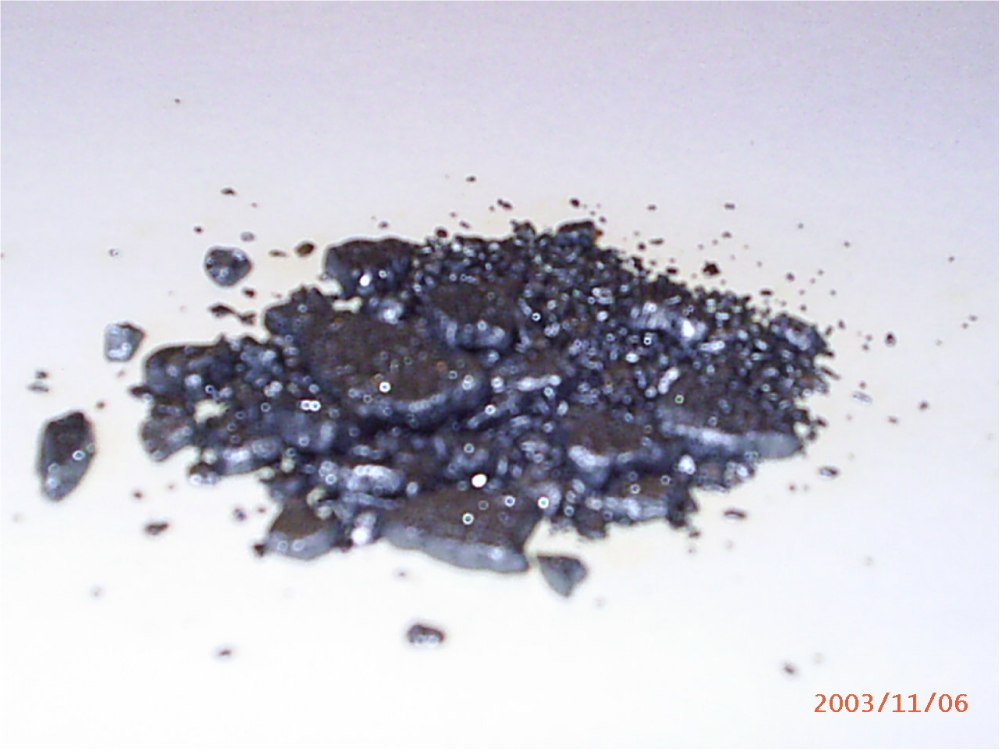
I chose iodine because it was the halogen I'm most familiar with. I suppose I could have chosen the one I was least familiar with to learn new things, but I thought that increasing my knowledge about something that I know only a little about.
Iodine is a chemical element that has the symbol I and atomic number 53. Chemically, iodine is the least reactive of the halogens, and the most electropositive halogen after astatine. Iodine is primarily used in medicine, photography and dyes. It is required in trace amounts by most living organisms.
Iodine naturally occurs in the environment chiefly as dissolved iodide in seawater, although it is also found in some minerals and soils. Although the element is actually quite rare, kelp and certain other plants have the ability to concentrate iodine, which helps introduce the element into the food chain as well as keeping its cost down.
Iodine is used in pharmaceuticals, antiseptics, medicine, food supplements, dyes, catalysts, halogen lights, photography and water purifying.
In areas where there is little iodine in the diet—typically remote inland areas and semi-arid equatorial climates where no marine foods are eaten—iodine deficiency gives rise to hypothyroidism, symptoms of which are extreme fatigue, goitre, mental slowing, depression, weight gain, and low basal body temperatures. Iodine deficiency is also the leading cause of preventable mental retardation, an effect which happens primarily when babies and small children are made hypothyroid by lack of the element. The addition of iodine to table salt has largely eliminated this problem in the wealthier nations, but iodine deficiency remains a serious public health problem in the developing world.
No comments:
Post a Comment